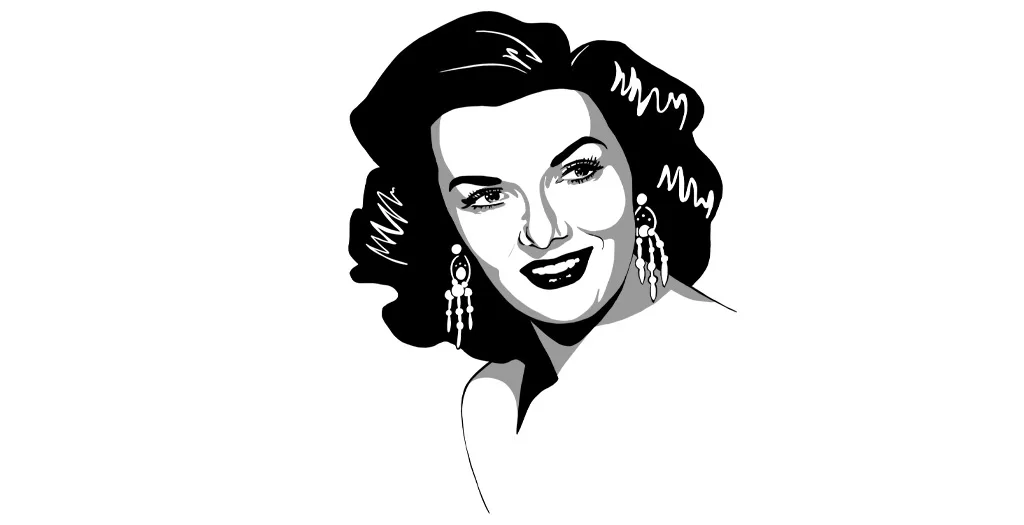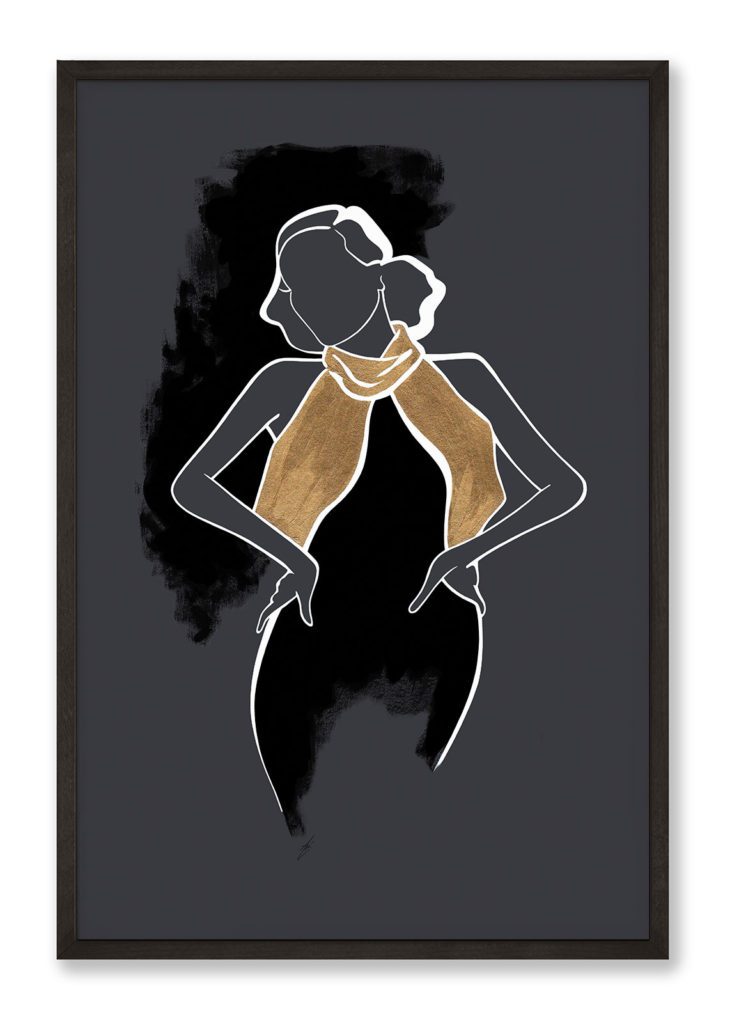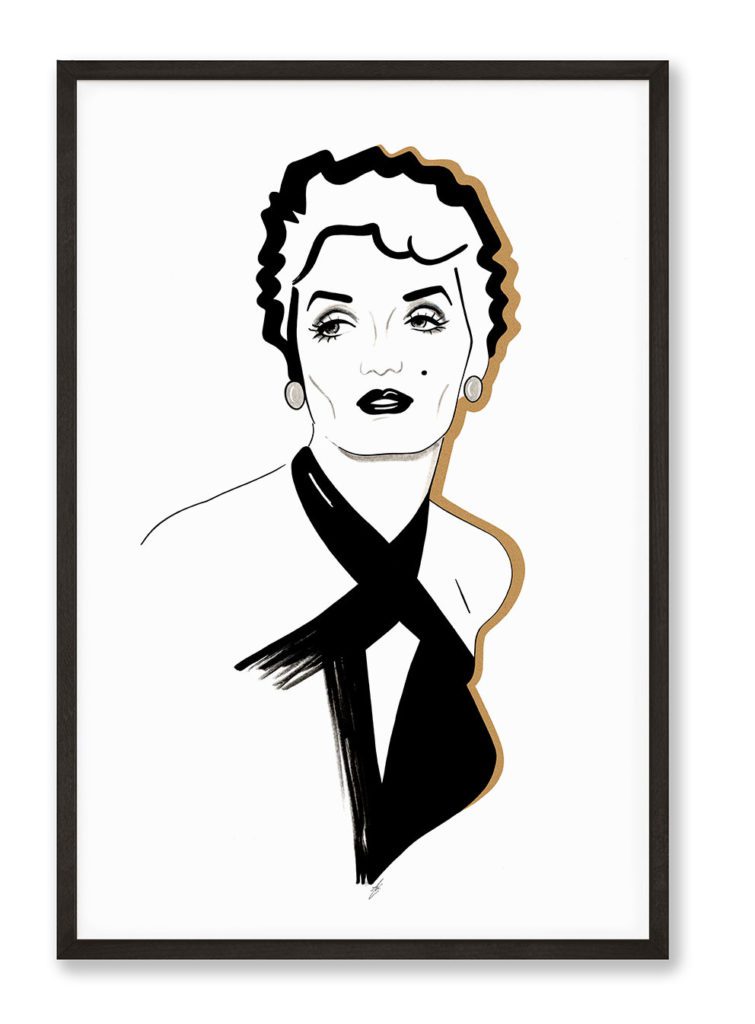Ziegfeld Follies
How Florenz Ziegfeld Jr. conquered showbiz




Hi, I'm Kat!
What I am most passionate about is to inspire you to see that your life is your own and biggest masterpiece.
The Ziegfeld Follies were one of the most influential cultural phenomena in the early 20th century and had a major impact on the emergency of Hollywood. Old Hollywood would not have been what we know today if it hasn’t been for the Ziegfeld Follies. And whenever you talk about the Ziegfeld Follies, you need to talk about Florenz Ziegfeld Jr., Anna Held and Billie Burke.
LISTEN TO THE PODCAST
SUBSCRIBE TO THE PODCAST
Who was Florenz Ziegfeld Jr.?
Florenz Edward Ziegfeld Jr. was born on March 21, 1867 in Chicago, Illinois. He was the son of a Belgian mother, who interestingly was connected through family to the French government and a French prime-minister that previously served under and supported Napoleon. His father was of German descent and his grandfather was the mayor of German city Jever.
So, Florenz Ziegfeld Sr was head of the Chicago Musical College – part of the Chicaco College of Performing Art and thus Roosevelt University – and Ziegfeld Jr. worked in this department during high-school. Reaching 18 years of age, he got promoted to assistant manager when 18. Nevertheless, he was fascinated by vaudeville and the so-called „low“ entertertainment. Later the two opened Trocadero, which was a nightclub. It was opened during the 1893 world fair in Chicago. Ziegfeld Jr., aged 26 then, helped his father run the club and promoted the acts. Quite quickly he progressed from promoting to producing shows – with the financial backing from none other than „Diamond“ Jim Brady.
When he went to Europe in 1896 to scout new talent, Florenz Ziegfeld Jr. met actress and performer Anna Held in London.
Anna Held and the Follies Bergere
Anna Held was born in 1872 in Warsaw, Poland, to Jewish parents of German and French descent respectively. They left Poland due to the anti-semitic programs in 1881 and fled to Paris, France. As money was tight, Anna Held started to contribute to the finances working in the garment industry and later as a singer in Jewish theaters – first in Paris, and later in London.
Anna Held became very popular – because of her vivacious personality, her flirty appearance, the risqué songs she performed and for her willingness to show her legs, which was quite scandalous back then. Just like Theda Bara in her movie showed her ankle which would automatically make her the vamp.
At age 22, Held married an Uruguayan playboy by the name of Maximo Carrera. She stayed married to him for 14 years and even had a daughter, one year into the marriage – Lianne Carrera.
In1896, 24 years old, two years into her marriage and with a 1-year old kid, Anna Held toured Europe and happened to be in London when she met Florenz Ziegfeld Jr. Ziegfeld was immediately infatuated with Held – both professionally and personally and asked her to come with him to New York and perform there. Which she did.
And that’s exactly when Ziegfeld Jr.’s talent for promotion and marketing came to shine. Even before they arrived in America, Ziegfeld spread rumors and stories that made her the main focus of the press. The most prevalent one was that Held had had her ribs surgically removed. So, when she finally arrived and performed, the public streamed to the theatre and loved her. Although the critics were not as favorable.
Over the next years, Ziegfeld’s work started changing. Anna Held, who had lived and worked in Europe, especially in Paris, was very well acquainted with the Follies Bergere and influenced Ziegfeld to try something similar in America. So, Ziegfeld Jr. started to incorporate things that would later be hallmarks of his production style: beautiful chorus girls and variety musical numbers.
In 1907, he finally opened the „Follies“ in 1907 – a revue that pretty much did what the Folies Bergere did in Paris, but now on Broadway in New York. They continued to be on stage for the upcoming 24 years until 1931. What set them apart from what happened on the stages until then?
Ziegfeld Follies
The Ziegfeld Follies were an extravaganza – expensive, lavish and glamorous. All the performers wore outrageous costumes, the sets were detailed and huge and elaborate and every dancer was chosen by Ziegfeld himself and always they were absolutely beautiful. And the great thing: They all dances in synchronization. That became one of the trademark signs – hundreds of dancers all in line. The music was composed by the greatest of the time – among them Irving Berlin and George Gershwin. These girls would become known as the Ziegfeld Follies. And they would be a springboard for some of the stars from Old Hollywood. If you have listened to my previous episodes, you might remember that some of them were Ziegfeld Girls. To mind come Louise Brooks and Marion Davies, but also Myrna Loy, Barbara Stanwyck, Pailette Goddard, Joan Blondell, Nita Naldi, Mae Murray, Lilyan Tashman or Dolores Costello,
But, to be clear, there were many stars who had not been Ziegfeld Girls, like Norma Shearer, Joan Crawford, Gypsy Lee Rose, Lucille Ball, Eleanor Powell, Ruby Keeler and Hedda Hopper had been declined engagement.
After 20 years on Broadway, Ziegfeld opened his namesake theatre in 1927 – holding a total of 1600 people. Built with the help of the greatest architects and designers of the time, Ziegfeld had to ask William Randolph Hearst for financial help and borrowed money from him.
The theatre opened with a production of Rio Rita, which ran for almost 500 performances. The following show „Show Boat“ ran even longer – for 527 performances. It was one of the most successful Broadway shows and got revived four times on Broadway, winning multiple awards.
In 1932, he started the Ziegfeld Follies of the Air, a radio show, that lasted until his death later that very year.
Billie Burke
5 years into the Follies Anna Held served Florenz Ziegfeld with divorce papers of their common-law marriage in 1912 and finalized the divorce one year later. The reason? His affair with Ziegfeld Girl Lillian Lorraine. He had discovered the then 15-year old in 1907, had built her up to be one of the top performers of the Ziegfeld Follies and even put her in an apartment in the same building that Ziegfeld shared a flat with Held. No wonder that Held asked for a divorce. Only one year later, Ziegfeld married actress Billie Burke after having met on New Year’s Eve.
Billie Burke had been a performer for most of her life, touring the US with her father – a singer and clown who worked for the Barnum & Bailey Circus. Finally, they settled in London, Europe. Billie started acting in 1903 at the age of nineteen. After several shows, she went back to the US to act on Broadway. She had several performance engagements, met Florenz Ziegfeld Jr., married him. They had a baby girl in 1916 and lived in New York (on the estate that Burke herself had bought in 1910 and had renamed Burkeley Crest) and Palm Beach, Florida.
Despite being a wife and mother, Burke went on with her career. She succeeded in the silent movies as well and became one of the highest paid actresses of that time. She was among the most cherished performers on screen – along with Mary Pickford and Lilian Gish. As a special endorsement – her early movies were also tagged with „by special arrangement with Florenz Ziegfeld“. I guess, this was an early form of brand collaboration in Hollywood.
Billie Burke’s attraction was a combination of her beauty, her girlish charm, her acting capability and her great sense of fashion. She loved wearing fashionable gowns and furs and jewelry and became one of the most impactful fashion trendsetters in the 1910s and 1920s. This, obviously, led to Lucile, Lady Duff-Gordon, one of the most influential couturiers of the time. Most of Billie Burke’s wardrobe, both on- and off-screen was designed by the British socialite. Burke retired from acting in movies to raise her daughter, but returned to the stage in several plays between 1919 and 1928.
When the stock market crash took all their money, Burke took up acting on screen again in 1932 – with „A Bill of Divorcement“ as Katherine Hepburn’s mother, Hepburn on the other hand, had her movie debut with this movie. Tragically, during the filming, Florenz Ziegfeld died. William Randolph Hearst took control of the Ziegfeld theatre that he had financed.
In the following years, Burke got typecast as a rather ditzy upper-class lady with a high-pitched voice – starting with her role as Millicent Jordan in Jean Harlow’s Dinner at Eight. Her other notable roles were Clara Topper in Topper, Glinda, the good witch of the North in The Wizard of Oz, and the film series „Father of the Bride“ which starred Spencer Tracy and Elizabeth Taylor.
Apart from that, Billie Burke wrote two autobiographies, started a radio show on CBS Radio on Saturday morning from 1943 until 1946 as well as talk show „At Home with Billie Burke“ from 1951 until 1952 which made her one of the first female talk show hosts.
She briefly returned to the stage, but had to resign in the late 1950 due to her failing memory. Her final screen appearance was 1960 in a John Ford western, when she was 76 years old.
Of course, Burke has been awarded with a star on the Hollywood Walk of Fame and even a crater near the north pole of the planet Mercury is named after her.
Legacy
The Ziegfeld legacy is quite apparent. The glamour, the dancing, the extravaganza, the beautiful dancers and performers – they all inspired the beginnings of film in New York. These were the women people wanted to see and exactly those that were predominantly cast for the new medium. Also the synchronization, the beauty of the arrangements, the choreography, the costumes – they all got incorporated in later Old Hollywood musicals as well as the biopics of Ziegfeld himself. Busby Berkeley was largely the one mirroring the methods of Ziegfeld. He was one of the biggest men in show business. But he was also, just like Selfridge, who incidentally was a friend of his, careless and naive when it came to money. Did not think things through, rode with the wave of success and fell very deep when the Depression hit hard. Many Old Hollywood stars have to credit their success to the Ziegfeld Follies and the rigorous routines they had to perform. Marion Davies would have never met William Randolph Hearst.
With all my love!
xx






